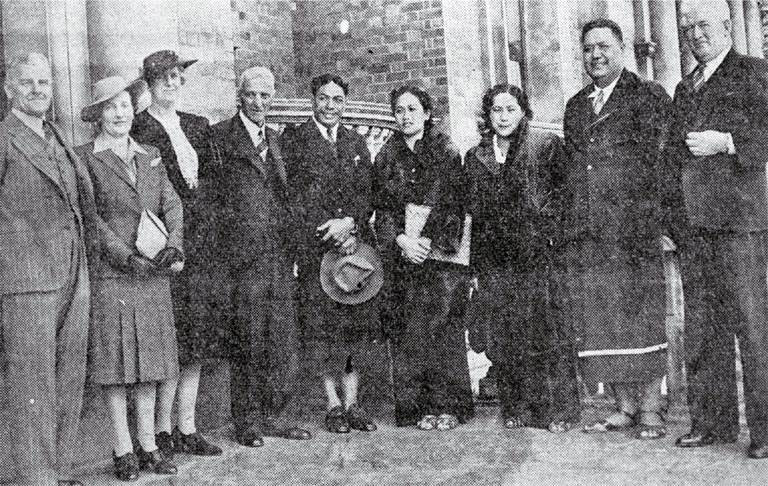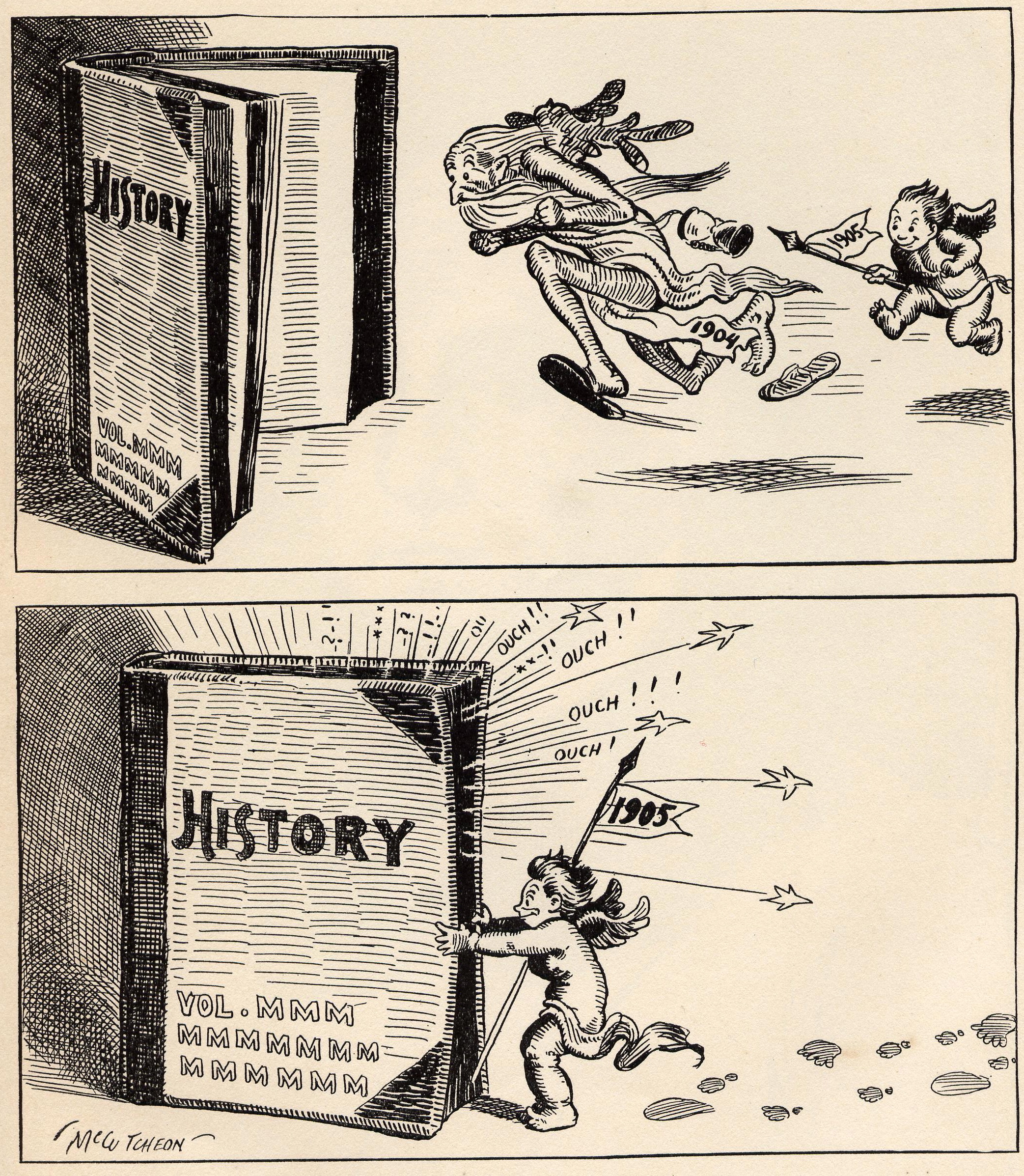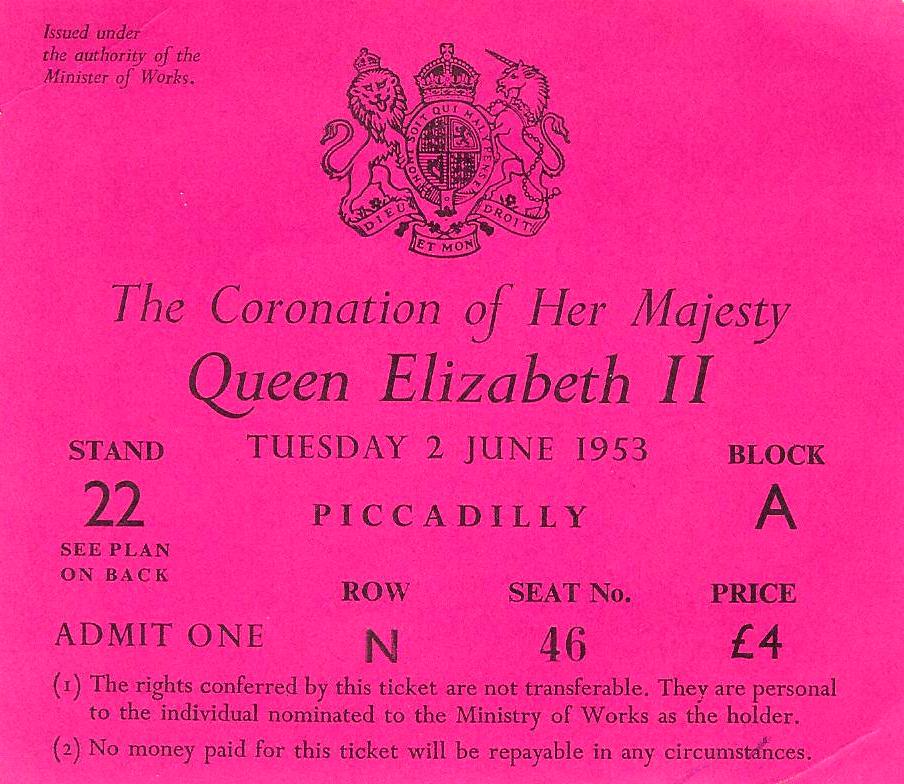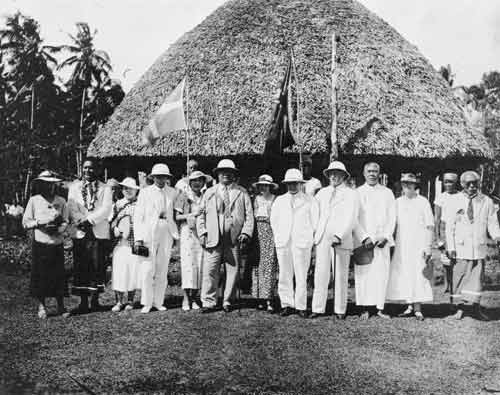|
Tupua Tamasese Meaʻole
Tupua Tamasese Meaʻole (3 June 1905 – 5 April 1963) was a Western Samoan paramount chief. He held the royal title of Tupua Tamasese from 1929 to 1963, and O le Ao o le Malo (Head of State) jointly with Malietoa Tanumafili II from 1962 until his death the following year. Biography He was born in Vaimoso in 1905, one of three sons of the paramount chief Tupua Tamasese Lealofi I. He was educated at the Marist school in Apia.Tamasese: Architect of West Samoan Independence ''Pacific Islands Monthly'', May 1963, pp. 41–47 In 1929, he was installed as Tupua Tamasese when his elder brother and Mau leader, |
O Le Ao O Le Malo
The Independent State of Samoa ( Samoan for "Chief of the government") is the ceremonial head of state of Samoa. The position is described in Part III of the 1960 Samoan constitution. At the time the constitution was adopted, it was anticipated that future heads of state would be chosen from among the four ''Tama a 'Aiga'' "matai" paramount chiefs in line with customary protocol. This is not a constitutional requirement, so Samoa can be considered a parliamentary republic rather than a constitutional monarchy. The government Press Secretariat describes Head of State as a "ceremonial president". The holder is given the formal style of ''Highness'', as are the heads of the four paramount chiefly dynasties. Members of the Council of Deputies act as deputy heads of state, standing in for the head of state when they are unable to fulfil their duties, such as when the Head of State is either absent or ill. The current O le Ao o le Malo is Tuimalealiʻifano Vaʻaletoʻa Sualauvi ... [...More Info...] [...Related Items...] OR: [Wikipedia] [Google] [Baidu] |
His Highness
Highness (abbreviation HH, oral address Your Highness) is a formal style (manner of address), style used to address (in grammatical person, second person) or refer to (in grammatical person, third person) certain members of a reigning or formerly reigning dynasty. It is typically used with a possessive adjective: "His Highness", "Her Highness" (HH), "Their Highnesses", etc. Although often combined with other adjectives honorific, of honour indicating rank, such as "Imperial", "Royal" or "Serene", it may be used alone. ''Highness'' is, both literally and figuratively, the quality of being lofty or above. It is used as a term to evoke dignity or honour, and to acknowledge the exalted rank of the person so described. History in Europe Abstract styles arose in profusion in the Roman Empire, especially in the Byzantine Empire, Byzantine. Styles were attached to various offices at court or in the state. In the early Middle Ages such styles, couched in the second or third person, were ... [...More Info...] [...Related Items...] OR: [Wikipedia] [Google] [Baidu] |
Commanders Of The Order Of The British Empire
Commander (commonly abbreviated as Cmdr.) is a common naval officer rank as well as a job title in many armies. Commander is also used as a rank or title in other formal organizations, including several police forces. In several countries, this naval rank is termed as a frigate captain. Commander is also a generic term for an officer commanding any armed forces unit, such as " platoon commander", " brigade commander" and " squadron commander". In the police, terms such as " borough commander" and " incident commander" are used. Commander as a naval and air force rank Commander is a rank used primarily in navies, and is very rarely used as a rank in armies. In most armies, the term "commander" is used as a job title. For example, in the US Army, an officer with the rank of captain ( NATO rank code OF-2) may hold the title of "company commander", whereas an officer with the rank of lieutenant colonel ( NATO rank code OF-4) typically holds the title of " battalion comm ... [...More Info...] [...Related Items...] OR: [Wikipedia] [Google] [Baidu] |
Members Of The Legislative Assembly Of Samoa
Member may refer to: * Military jury, referred to as "Members" in military jargon * Element (mathematics), an object that belongs to a mathematical set * In object-oriented programming, a member of a class ** Field (computer science), entries in a database ** Member variable, a variable that is associated with a specific object * Limb (anatomy), an appendage of the human or animal body ** Euphemism for penis * Structural component of a truss, connected by nodes * User (computing), a person making use of a computing service, especially on the Internet * Member (geology), a component of a geological formation * Member of parliament * The Members, a British punk rock band * Meronymy, a semantic relationship in linguistics * Church membership, belonging to a local Christian congregation, a Christian denomination and the universal Church * Member, a participant in a club or learned society A learned society ( ; also scholarly, intellectual, or academic society) is an organizati ... [...More Info...] [...Related Items...] OR: [Wikipedia] [Google] [Baidu] |
1905 Births
As the second year of the massive Russo-Japanese War begins, more than 100,000 die in the largest world battles of that era, and the war chaos leads to the 1905 Russian Revolution against Nicholas II of Russia (Dmitri Shostakovich, Shostakovich's Symphony No. 11 (Shostakovich), 11th Symphony is subtitled ''The Year 1905'' to commemorate this) and the start of Revolution in the Kingdom of Poland (1905–07), Revolution in the Kingdom of Poland. Canada and the U.S. expand west, with the Alberta and Saskatchewan provinces and the founding of Las Vegas. 1905 is also the year in which Albert Einstein, at this time resident in Bern, publishes his four Annus Mirabilis papers, ''Annus Mirabilis'' papers in ''Annalen der Physik'' (Leipzig) (March 18, May 11, June 30 and September 27), laying the foundations for more than a century's study of theoretical physics. Events January * January 1 – In a major defeat in the Russo-Japanese War, Russian General Anatoly Stessel su ... [...More Info...] [...Related Items...] OR: [Wikipedia] [Google] [Baidu] |
Order Of The British Empire
The Most Excellent Order of the British Empire is a British order of chivalry, rewarding valuable service in a wide range of useful activities. It comprises five classes of awards across both civil and military divisions, the most senior two of which make the recipient either a Orders, decorations, and medals of the United Kingdom#Modern honours, knight if male or a dame (title), dame if female. There is also the related British Empire Medal, whose recipients are affiliated with the order, but are not members of it. The order was established on 4 June 1917 by King George V, who created the order to recognise 'such persons, male or female, as may have rendered or shall hereafter render important services to Our Empire'. Equal recognition was to be given for services rendered in the UK and overseas. Today, the majority of recipients are UK citizens, though a number of Commonwealth realms outside the UK continue to make appointments to the order. Honorary awards may be made to cit ... [...More Info...] [...Related Items...] OR: [Wikipedia] [Google] [Baidu] |
1957 New Year Honours
The New Year Honours 1957 were appointments in many of the Commonwealth realms of Queen Elizabeth II to various orders and honours to reward and highlight good works by citizens of those countries. They were announced in supplements to the ''London Gazette'' of 28 December 1956 to celebrate the year passed and mark the beginning of 1957.Australia list: New Zealand list: At this time honours for Australians were awarded both in the United Kingdom honours, on the advice of the premiers of Australian states, and also in a separate Australia honours list. The recipients of honours are displayed here as they were styled before their new honour, and arranged by honour, with classes (Knight, Knight Grand Cross, ''etc.'') and then divisions (Military, Civil, ''etc.'') as appropriate. United Kingdom and Commonwealth Baron *The Right Honourable Sir Edward Bridges, , Permanent Secretary, HM Treasury, and Official Head of Civil Service, 1945–1956. *Sir Robert John Sinclair, . For pu ... [...More Info...] [...Related Items...] OR: [Wikipedia] [Google] [Baidu] |
Queen Elizabeth II Coronation Medal
The Queen Elizabeth II Coronation Medal () is a commemorative medal instituted to celebrate the coronation of Queen Elizabeth II on 2 June 1953. Award This medal was awarded as a personal souvenir from the Queen to members of the Royal Family and selected officers of state, members of the Royal Household, government officials, mayors, public servants, local government officials, members of the navy, army, air force and police in Britain, her colonies and Dominions. It was also awarded to members of the Mount Everest expedition, two of whom reached the summit four days before the coronation. It was struck at the Royal Mint and issued immediately after the coronation. For Coronation and Jubilee medals, the practice up until 1977 was that the authorities in the United Kingdom decided on a total number to be produced, then allocated a proportion to each of the Commonwealth countries and Crown dependencies and other possessions of the Crown. The award of the medals was then at th ... [...More Info...] [...Related Items...] OR: [Wikipedia] [Google] [Baidu] |
Coronation Of Elizabeth II
The Coronation of the British monarch, coronation of Elizabeth II as queen of the United Kingdom and the other Commonwealth realms took place on 2 June 1953 at Westminster Abbey in London. Elizabeth acceded to the throne at the age of 25 upon the death of her father, George VI, on 6 February 1952, being Proclamation of accession of Elizabeth II, proclaimed queen by her privy and executive councils shortly afterwards. The coronation was held more than one year later because of the tradition of allowing an appropriate length of time to pass after a monarch dies. It also gave the planning committees adequate time to make preparations for the ceremony. During the service, Elizabeth took an Oath of office, oath, was anointed with Chrism, holy oil, was invested with robes and Crown Jewels of the United Kingdom, regalia, and was crowned Queen of the United Kingdom, Canada, Australia, New Zealand, Union of South Africa, South Africa, Dominion of Pakistan, Pakistan, and Dominion of Ceylon, ... [...More Info...] [...Related Items...] OR: [Wikipedia] [Google] [Baidu] |
Olaf Frederick Nelson
Ta'isi Olaf Frederick Nelson (24 February 1883 – 28 February 1944) was a Samoan businessman and politician. He was one of the founding leaders of the anti-colonial Mau movement. Biography Nelson was born on 24 February 1883 in Safune on the island of Savai'i to Swedish trader August Nelson and his Samoan wife, Sina Tugaga, whose family had links to the Sa Tupua, a prominent chiefly family. His name Ta'isi is a '' matai'' chief title from his mother's family from the Savai'i village of Asau. Nelson grew up in the family's home village of Faleolo until the age of eight, when he was sent to the Marist Brothers School in Apia. He left the school at the age of thirteen and became an apprentice at the DH & PG firm. He worked at DH & PH for four years, during which time he founded Samoa's first brass band. After leaving DH & PG, Nelson returned to Savai'i and took over his father's business, which had started on 1895 under the name - Nelson and Robertson Limited. He expanded hi ... [...More Info...] [...Related Items...] OR: [Wikipedia] [Google] [Baidu] |




